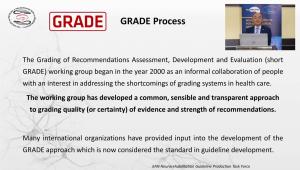Microcirculation and stroke
Revascularisation therapies have transformed the management of acute ischaemic stroke. Fibrinolytic agents (rtPA) and endovascular thrombectomy are now standard treatments, aiming to restore cerebral blood flow and limit damage within the ischaemic penumbra. However, rtPA has a narrow therapeutic window and limited efficacy in large arterial occlusions, while thrombectomy carries procedural challenges and time constraints.
A key distinction in evaluating treatment success is between recanalisation (reopening an occluded vessel) and reperfusion (restoring microvascular blood flow). Recent evidence shows that reperfusion better predicts clinical recovery and imaging outcomes, highlighting the importance of microcirculatory integrity in stroke management. Even complete recanalisation does not always achieve effective reperfusion due to micro-emboli or endothelial injury.
Future progress depends on multimodal strategies that protect microcirculation and enhance perfusion safely. Cerebrolysin, a pleiotropic neuroprotective agent, has shown safety and additive benefit when combined with alteplase (rtPA), improving neurological outcomes without increasing adverse effects.
These findings suggest that combination and add-on therapies represent a promising direction for optimising both acute intervention and long-term neurorecovery in stroke care.
Learning objectives
By the end of this lecture, students will be able to:
- Differentiate between recanalisation and reperfusion.
- Explain the mechanisms and limitations of rtPA and thrombectomy.
- Discuss the importance of microcirculatory integrity in stroke recovery.
- Evaluate combination approaches, including Cerebrolysin plus rtPA.
- Revascularisation therapies: thrombolysis and thrombectomy.
- Recanalisation vs. reperfusion in clinical outcomes.
- Microvascular challenges and safety considerations.
- Multimodal and combination pharmacological approaches.



